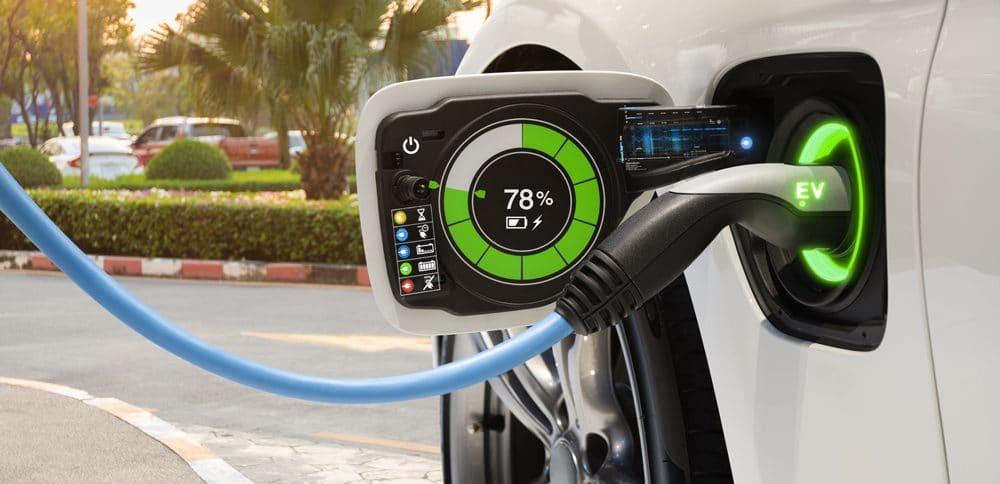Charging your electric car, how long does it take?
Should we still fear the charging time of an electric vehicle? Let's unpack the question! The charging time depends on the type of socket or terminal, the car and also the weather conditions. In short, to save time, you have to understand the basic principles of operation.
The time required to recharge an electric vehicle sometimes remains a psychological barrier to purchasing. When plugged into a standard household outlet, you have to wait at least ten hours to fill the fully discharged batteries of a small city car. Currently, most electric city cars far exceed 200 kilometers of autonomy. And the most powerfully equipped cars can approach 700 kilometers (652 km announced for the Tesla Model S Long Autonomy). Above all, there are now many means at your disposal to optimize charging time, from the simple reinforced socket to the ultra-fast charging station which allows you to go from 5 to 80% charge in less than one hour. half hour on the most modern cars.
Electric car battery: the importance of its state of charge
It is with a direct current fast charging station that you can recharge your electric car the fastest. Provided you have a vehicle compatible with this technology and capable of handling a power of 50 to 270 kW for the most advanced infrastructures. Thus we can go from 5 to 80% charge in half an hour for the most advanced car models. However, this promise depends on several important parameters. Imagine, for example, that you use one of these fast charging stations on batteries that are already 60% charged. It will simply not be possible to benefit from the same charging speed. Why ? Because this ultra-fast speed is only allowed on a nearly empty battery and for a very short period of time. Depending on the car, the charging power goes down more or less quickly as the battery fills up.
Very high charging powers (at 100, 150 or even 270 kW for the most sophisticated batteries) are effective at the start of charging. But if you see that your car does not reach its maximum charge on a compatible terminal, it is quite simply that at this precise moment, the battery is already too charged to accept more power. The closer we get to 100% battery, the more the charging power is reduced (and therefore the speed of the charge). For example, EDF's R&D specialists measured that it took less than ten minutes to charge at 100 kW on a Peugeot e-208 compatible with this power, between 0 and 25% state of charge. After this peak, the power gradually drops to 100% load. However, in France, fast charging is currently billed by the minute and not by the amount of energy returned. For a fast charge to be as profitable as possible, it would therefore be necessary to use the fast terminals with batteries that are almost empty. It should also be remembered that this fluctuation in charging power only concerns direct current fast charging. The other charging modes (reinforced socket, wallbox) benefit from an almost constant power.
High-power fast terminals are the best way to save time on rechargingCharging your electric car: direct current (DC) or alternating current (AC)?

We often talk about direct or alternating current, but which one to choose? A current is said to be continuous when it flows continuously in one direction. The direction of the electric current is by default the conventional direction of the current: from the + pole to the - pole. In reality, electrons flow from the negative terminal to the positive terminal. Direct current is produced by the activity of a battery or cell in a closed electrical circuit. This is the case for example in flashlights, laptops or mobile phones.
A current is said to be alternating when it flows alternately in one direction then in the other at regular intervals called cycles. Here, the electrons circulate in the 2 directions of the circuit. This "alternating" movement causes an oscillation of the electrons which creates energy. Movement speed is measured in Hertz. With a frequency used in France of 50 Hz: every 50 seconds the electrons change direction between the positive terminal and the negative terminal. Alternating current is what is used in the home for lighting, heating, etc.
Ambient temperature when charging your electric car
There is another physical limit to battery performance: temperature. Designed to work best between 25 and 45 degrees Celsius, it works less well when it's too cold or too hot. This is why the autonomy of an electric car naturally decreases at the height of winter or during a heat wave. The chemical properties of the battery cause it to become less efficient in extreme cold. And safety systems degrade that efficiency when it gets too hot to avoid internal damage. These constraints also limit the power of fast charging, even if the most advanced cars have batteries capable of limiting the loss thanks to very advanced internal temperature management systems. Researchers in the EDF R&D laboratory have observed that a small city car limits its maximum charging power to 30 or 40 kW maximum when the temperature drops below 20 degrees Celsius.
An electrical charging time that depends on the power of the infrastructure
Finally, let's recall the different charging times for an electric car, always observing the example of a small city car equipped with batteries with a capacity of 50 kWh. To go from 20 to 80% charge on a 100 kW fast terminal, it will take 28 minutes. To go from 0 to 100% on this same terminal, it will take 1h18 minutes (always due to this charging power which drops as the battery fills). On a simple household outlet, it will take around 18 hours to go from 0 to 100% charge. With a reinforced socket of the Green Up 3.7 kW type, this duration increases to just over 14 hours. She goes down at 7:30 am with a 7 kW wallbox. The use of more powerful home wallboxes (in 11 or outright 22 kW) significantly reduces this charging time, but the vehicle and the electrical installation of the house must still be compatible with this power. Most small models are limited to 7 kW at home or 11 kW at best. On the other hand, some high-end models accept 22 kW.
Good to know: anticipate the charging of your electric carInstalling a charging station at home is an increasingly simplified process! This choice is strategic before choosing your electric vehicle, because it will allow you to control the cost of electricity consumption over several years. But before installing, you still have to think about all the elements such as the choice of the wallbox, how much it costs to install at home, how much an electric recharge costs but also what energy contract to meet your needs.
Curious ? Learn more about the different charging technologies such as V2G, fast charging, but also about the public charging stations present throughout the national territory and in your region. Finally, to go in an electric car, nothing better than a badge adapted for recharging which will allow you to optimize your trips as much as possible on long journeys.










Find out how to remove the tartar on your dog's teeth
Under what conditions can you have an inflatable jacuzzi on its terrace or balcony?
Grass mower a perfect lawn!
What are the measures in the dart game